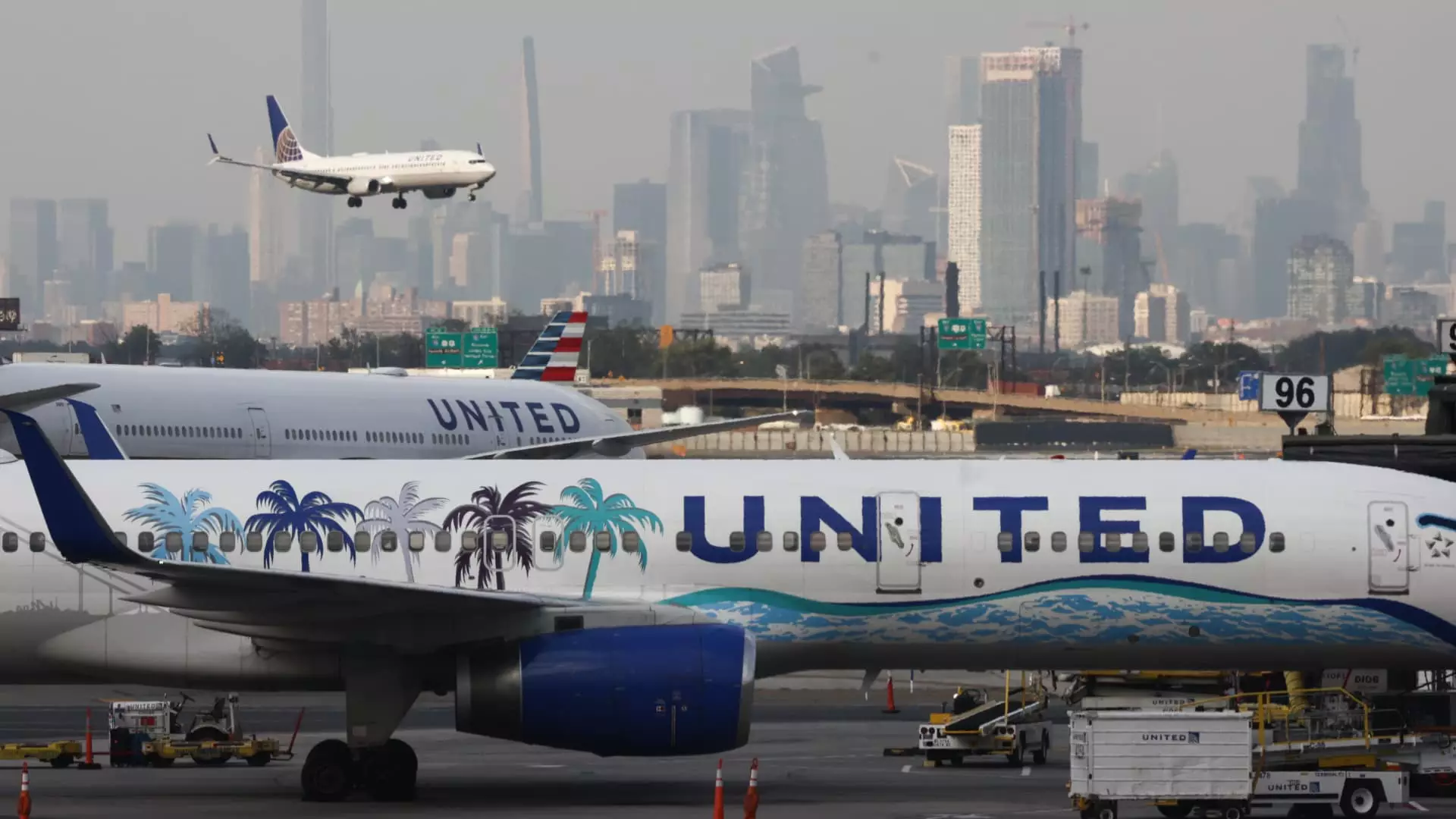In an unsettling turn of events, U.S. airline stocks have plunged to their lowest levels since late last year, driven by a cocktail of factors that could spell trouble for an industry previously buoyed by promising consumer spending. The optimism surrounding airline profitability is rapidly evaporating, as various economic indicators fuel a sense of trepidation among investors. The chief catalyst? A series of restrictive tariffs imposed by President Donald Trump on key trade partners like Mexico, Canada, and China, which are sending ripples through the airline sector and the broader economy.
The Price of Protectionism
Unforeseen consequences often emerge from protectionist policies, and the airline industry is no exception. Despite the initial boost in corporate profits, tariffs threaten to drive up costs for consumers. Executives from major retailers, such as Best Buy and Target, have voiced serious concerns about the impending price hikes stemming from these tariffs—a development that could curtail consumer spending and ultimately alter travel behavior. With United Airlines experiencing a decline of 6% and Delta Air Lines following closely behind, the data starkly reflects how quickly market sentiment can turn sour.
What makes this downturn especially challenging for airlines is its timing; as we approach the critical spring travel season, a potential cooling in consumer interest could be devastating. The latest reports from the U.S. Commerce Department highlight a troubling trend: consumer spending dropped in January for the first time in nearly two years, adding to the gloomy outlook for the airline industry. Deutsche Bank’s recent analysis captures this sentiment aptly, noting an emerging “economic soft patch” that could weigh heavily on demand, particularly amongst price-sensitive travelers.
Despite some upbeat commentary from airline executives, it’s hard to ignore the broader context. United Airlines’ CFO, Mike Leskinen, acknowledged robust business in international and corporate travel, yet the enthusiasm does not mitigate the potential fallout for domestic leisure travel. This inconsistency raises questions about the sustainability of the airline financial model, especially when it is predicated on consumer discretionary spending that now shows signs of faltering.
Analysts previously labeled airlines as a thriving segment due to strong demand and moderate growth patterns. However, their optimistic outlook must now grapple with the possibility that economic headwinds could change the trajectory of this sector. If consumers begin to tighten their belts—perhaps opting for road trips rather than flights—would these airlines be able to pivot quickly enough to avoid the storm? The unpredictability of both international politics and domestic economic health hints at a precarious future for the air travel industry.
The turbulence within airline stocks serves as a reminder of the fragile interdependence between consumers, global trade policies, and market sentiment. As airlines navigate through this bidirectional flux, their previous success may no longer be a reliable compass for future growth.

